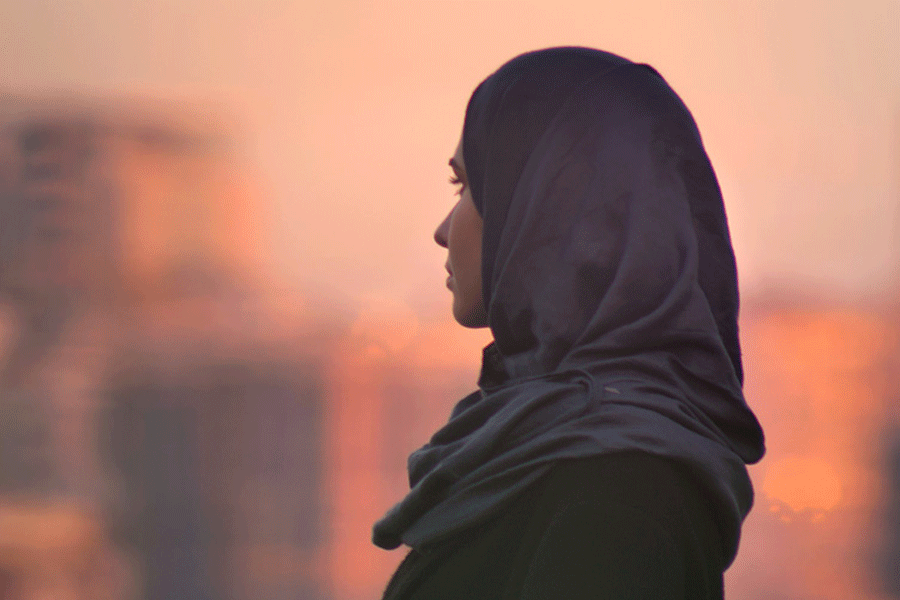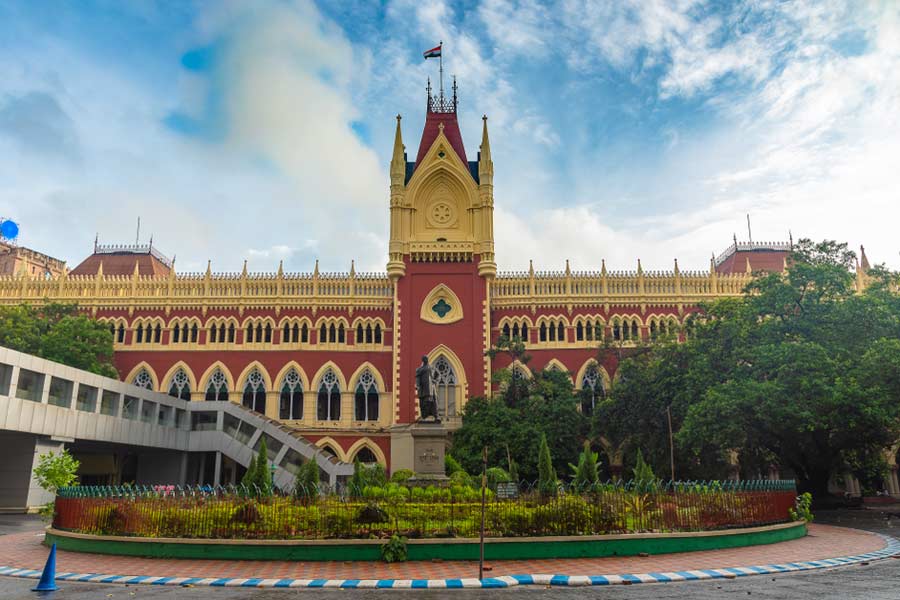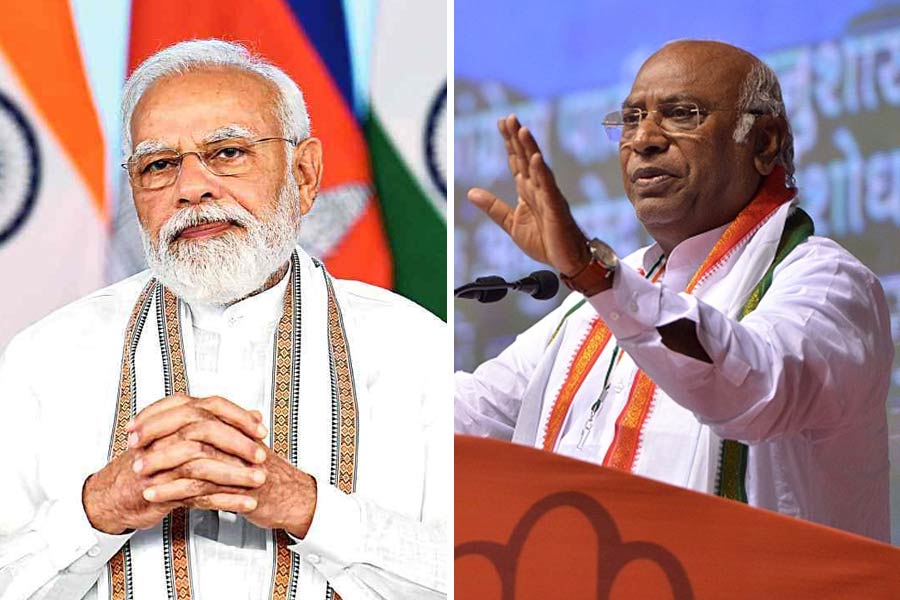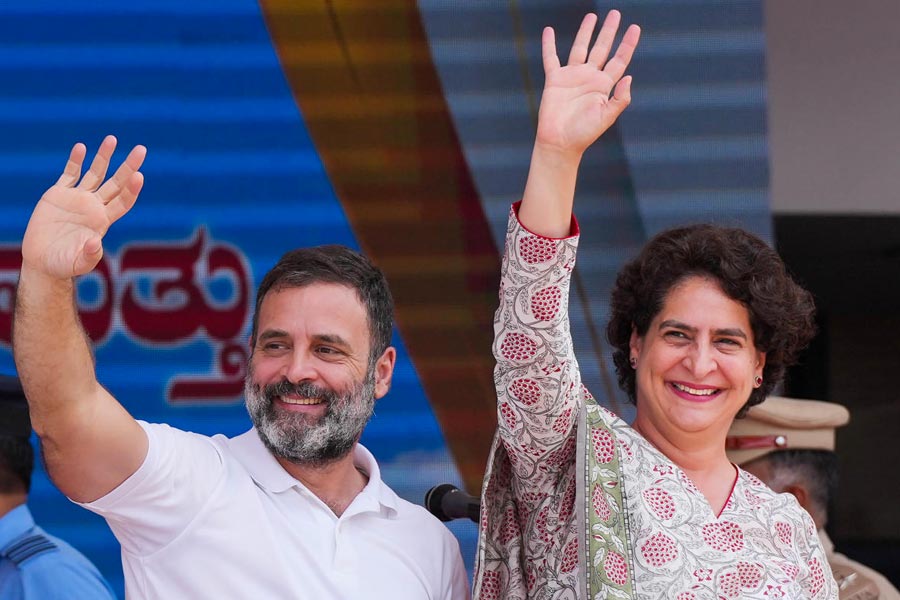A mysterious injury suffered by a 16-year-old girl who boarded a Metro train in Iran's capital without a headscarf has reignited anger just after the one-year anniversary of the death of Mahsa Amini and the nationwide protests it sparked.
What happened in the few seconds after Armita Geravand entered the train on Sunday remains in question. While a friend told Iranian state television that she hit her head on the station's platform, the soundless footage aired by the broadcaster from outside of the car is blocked by a bystander. Just seconds later, her limp body is carried off.
Geravand's mother and father appeared in state media footage saying a blood pressure issue, a fall or perhaps both contributed to their daughter's injury.
Activists abroad have alleged Geravand may have been pushed or attacked because she was not wearing the hijab. They demand an independent investigation by the UN fact-finding mission on Iran, citing the theocracy's use of pressure on victims' families and state TV's history of airing hundreds of coerced confessions.
Geravand's injury also comes as Iran has put its morality police — whom activists implicate in Amini's death over her alleged loose hijab — back on the street, and as lawmakers push to enforce even stricter penalties for those flouting the required head covering.
“Girls are subjected to violence on the streets, and then their families are compelled to protect the government responsible for that violence,” said Hadi Ghaemi, the executive director of the New York-based Center for Human Rights in Iran.
For observant Muslim women, the head covering is a sign of piety before God and modesty in front of men outside their families. In Iran, the hijab — and the all-encompassing black chador worn by some — has long been a political symbol as well, particularly after becoming mandatory in the years following the 1979 Islamic Revolution. Iran and neighbouring Taliban-ruled Afghanistan are the only countries where the hijab remains mandatory for women.
Amini died in a hospital on September 16, 2022, after she was detained by Iranian morality police on allegations of improperly wearing the hijab.
Suspicions that she was beaten during her arrest led to mass protests that represented the largest challenge to Iran's theocratic government since the revolution.
Since those large-scale protests subsided, many women in Tehran can be seen without the hijab in defiance of the law.
Geravand suffered her injury on Sunday morning at the Meydan-E Shohada, or Martyrs' Square, Metro station in southern Tehran. Rumours about how she suffered the injury quickly circulated.
By Tuesday, the Hengaw Organisation for Human Rights, which reports on abuses in Iran's western Kurdish region, published a photograph it said showed Geravand at the hospital, her head wrapped in bandages as she remains in a coma.
Geravand “was physically attacked by authorities in the Shohada station at Tehran Metro for what they perceived as non-compliance with the compulsory hijab”, Hengaw alleged, citing reports it said it received. “As a result, she sustained severe injuries and was transported to the hospital.”










